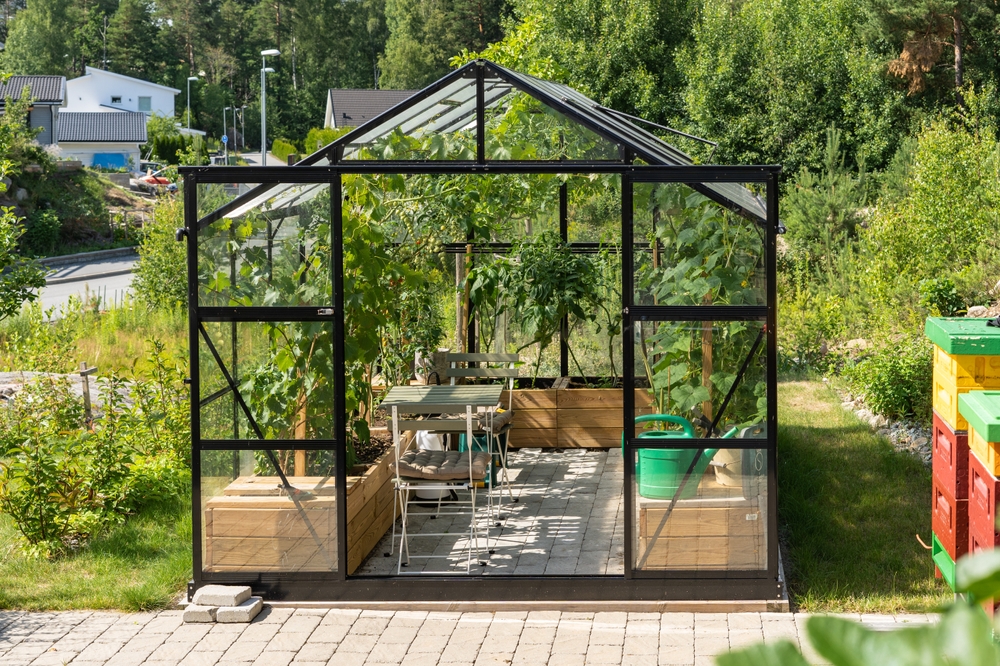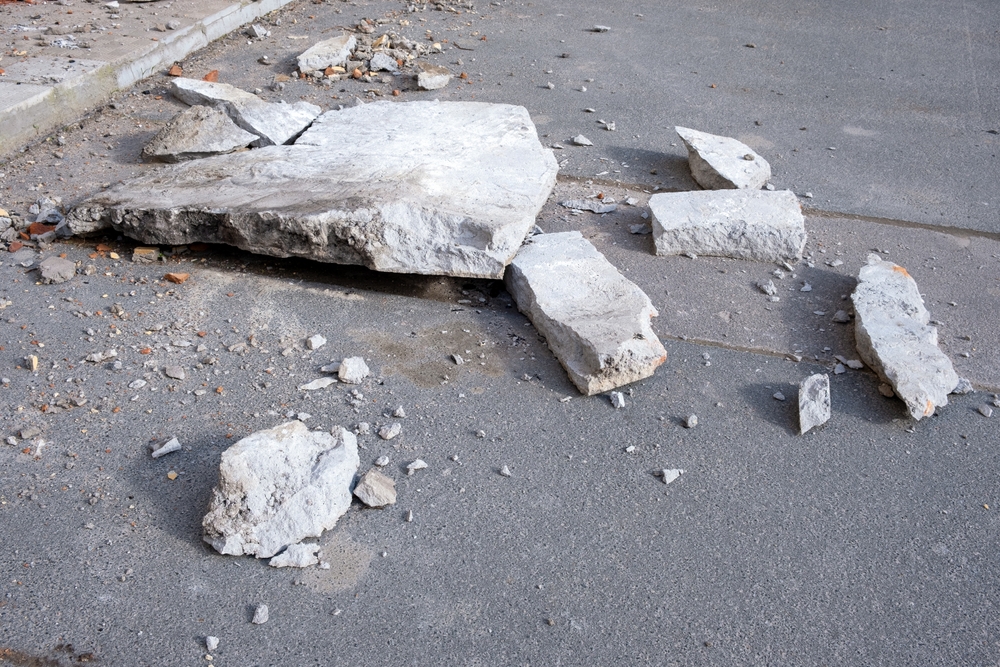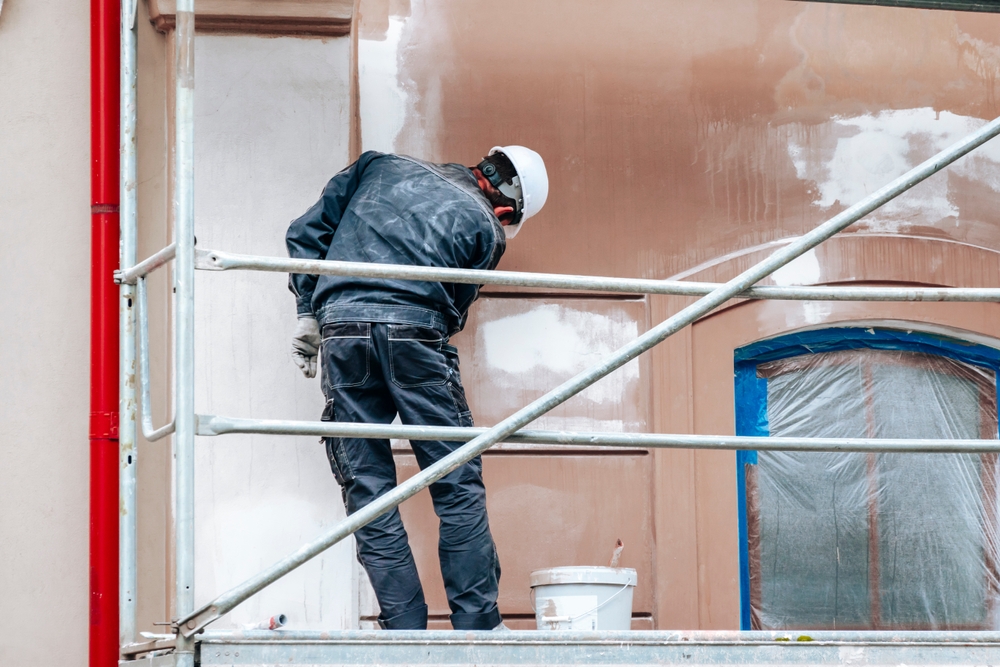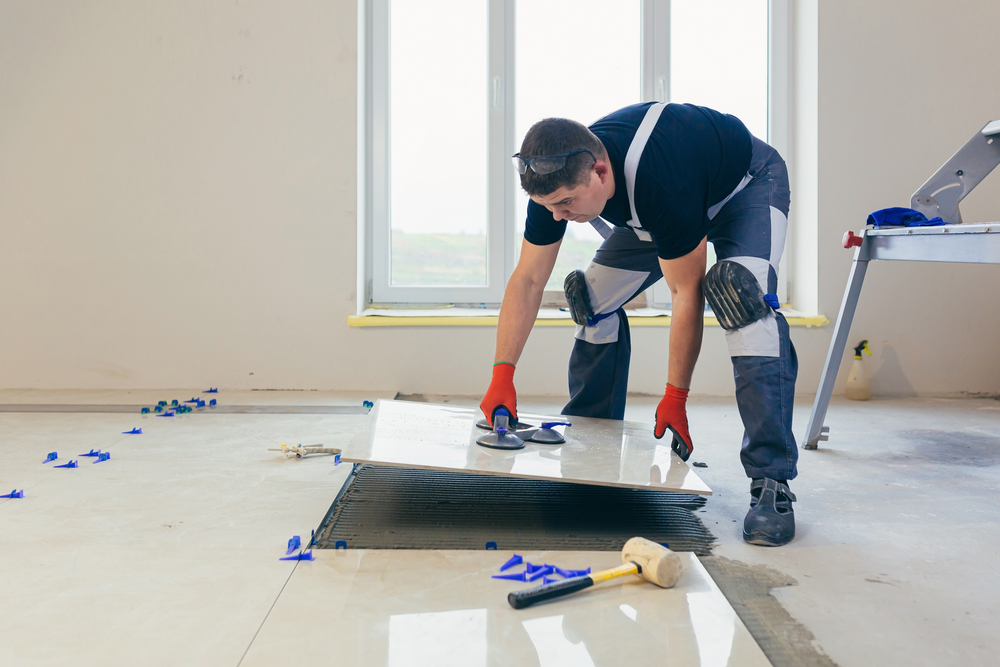February 5, 2024 - Benjamin Ehinger
Decluttering Tips: 10 Strategies for a Tidier Home
CALL NOW 844-762-8449
Decluttering your living space is about more than just tidying up; it’s a process that enhances your home’s aesthetics while potentially improving your mental well-being. With a growing awareness of how clutter can contribute to stress, it’s no wonder that effective decluttering tips have become a priority for many individuals striving for a serene and organized environment. There are numerous approaches to decluttering, from handling sentimental items with care to adopting daily habits that prevent clutter from accumulating again.
The journey to a clutter-free home involves understanding what constitutes clutter and why it accumulates so easily. It’s essential to differentiate between what’s necessary and what’s simply taking up space without adding value to your life. Once you grasp the concept of clutter, implementing a room-by-room approach allows you to tackle the task methodically.
Focusing on one area at a time prevents the process from becoming overwhelming and ensures that every corner of your home receives the attention it deserves. Strategies for organizing after decluttering help maintain the order you’ve worked hard to establish, while various options for disposing of your unwanted items can make the process both convenient and eco-friendly.

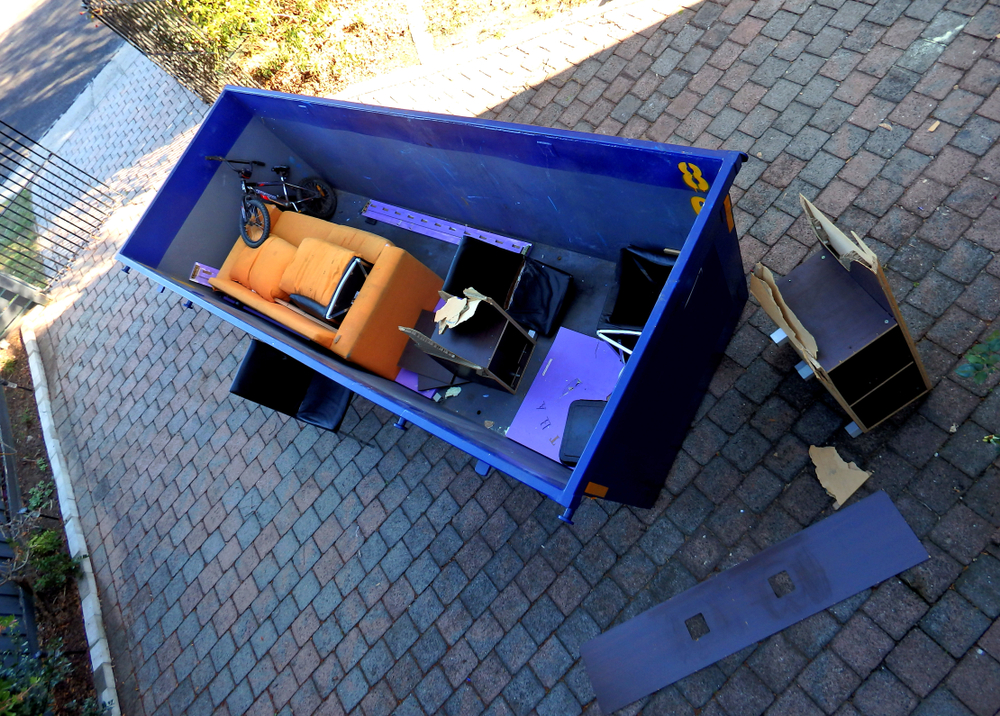 Finding the most effective disposal method can transform your decluttering project from overwhelming to manageable. Below are proven strategies to handle your clutter efficiently.
Finding the most effective disposal method can transform your decluttering project from overwhelming to manageable. Below are proven strategies to handle your clutter efficiently.
 Decluttering your home can be a rejuvenating process, but knowing where to start is key. These top tips will guide you through making your space more organized and harmonious.
Decluttering your home can be a rejuvenating process, but knowing where to start is key. These top tips will guide you through making your space more organized and harmonious.
Be gentle with yourself through this process. It’s natural to feel attached to objects that hold memories, but remember that Letting go of the physical item doesn’t erase the memory or its significance.
For in-depth guidance and strategies, explore how professionals tackle sentimental clutter at The Spruce and Apartment Therapy. Each offers techniques rooted in experience and understanding of the emotional hurdles involved.
Donate or Sell: Items in good condition can benefit someone else. Consider using platforms like Facebook Marketplace for selling items or donate them to local charities.
Key Takeaways
- Effective decluttering strategies can improve both your home’s appearance and your mental health.
- Differentiating between necessary items and clutter is crucial for maintaining an organized space.
- A methodical room-by-room approach enables a manageable and thorough decluttering process.

Understanding Clutter
Before diving into the process of decluttering, it’s essential to recognize what constitutes clutter and why it’s important to address it in your living spaces.Identifying Clutter
Clutter is often defined as the excess items in your home that are not serving a purpose or bringing joy. Accurately identifying clutter is the first step toward creating a more organized and serene environment. To determine if an item is clutter, ask yourself if it’s been used recently, if it has a designated space, or if it’s simply taking up valuable area without adding any functional or aesthetic value. This understanding of clutter is pivotal in the decluttering process.Psychology of Clutter
Clutter can have a profound psychological impact, often exacerbating stress and detracting from your overall quality of life. It can lead to feelings of chaos and a lack of control. Recognizing how clutter affects your mood and stress levels could motivate you to clear the clutter, leading to a more tranquil and controlled environment within your home.Reasons to Declutter Your Home
There are several compelling reasons to declutter your home. It can improve your mental well-being by reducing anxiety and stress associated with disorganization. Moreover, a clutter-free space is more efficient, as it’s easier to find what you need quickly. A decluttered home also tends to be more inviting and comfortable, not just for you but also for guests. Understanding these reasons to declutter can empower you to create a cleaner and more organized living space.Decluttering Strategies
When tackling clutter, having a clear strategy can make the process more efficient and less overwhelming. Below are some effective methods that can help you sort through your possessions and create a tidier space.Four-Box Method
For a straightforward approach to decluttering, the Four-Box Method requires you to sort items into four categories as you go through each room: Keep, Donate/Sell, Trash, and Store. This method helps you decide the fate of each item quickly and prevents you from feeling bogged down by decision fatigue.KonMari Method
The KonMari Method, created by Marie Kondo, emphasizes decluttering by category, not location. Start with clothes, then move on to books, papers, komono (miscellaneous items), and finally sentimental items. Hold each item and ask yourself, “Does this spark joy?” If it doesn’t, thank it for its service and let it go.The Minimalist Game
In The Minimalist Game, you’ll start by discarding one item on the first day of the month. On the second, two items, and so on, continuing for 30 days. The challenge can be a fun way to motivate yourself and others, as it turns the decluttering process into a gradual and competitive exercise.Common Ways to Dispose of Your Clutter
 Finding the most effective disposal method can transform your decluttering project from overwhelming to manageable. Below are proven strategies to handle your clutter efficiently.
Finding the most effective disposal method can transform your decluttering project from overwhelming to manageable. Below are proven strategies to handle your clutter efficiently.
Renting a Home Dumpster for Decluttering
For substantial decluttering jobs, renting a home dumpster is a top recommendation. This option simplifies the process of handling large amounts of waste, providing a central place to discard all unwanted items. The convenience of a dumpster at your doorstep can’t be overstated; as it saves you countless trips to the disposal site.Donate to a Charitable Organization
Your clutter could be someone else’s treasure. Consider donating to charitable organizations. Many nonprofits welcome gently used items such as clothing, furniture, and electronics, which can aid those in need and potentially provide you with a tax deduction.Hold a Garage or Yard Sale
Convert your clutter into cash by holding a garage or yard sale. This traditional approach not only clears your space but also allows you to recoup some of your initial investments. Price items to sell and enjoy the added bonus of interacting with your community.Recycle Your Clutter
For items that are not sellable or donate-able, recycling is a responsible way to declutter. Many materials like paper, glass, and certain plastics can be recycled, thus reducing landfill waste. Check with your local recycling center to understand which items they accept.Top 11 Decluttering Tips for Your Home
 Decluttering your home can be a rejuvenating process, but knowing where to start is key. These top tips will guide you through making your space more organized and harmonious.
Decluttering your home can be a rejuvenating process, but knowing where to start is key. These top tips will guide you through making your space more organized and harmonious.
Use the 80/20 Rule
Apply the 80/20 rule: you often only use 20% of your items 80% of the time. Identifying these can greatly reduce clutter.Make Sure Your Items Actually Work
Check that all your belongings are functional. Discard anything that’s broken or has been waiting for repair.Take Before and After Pictures
Visual progress is motivating. Take before and after photos to see the difference decluttering makes.Start with One Room Only
Focus on one room at a time to avoid feeling overwhelmed. This makes the task more manageable and gives you a quick win.Know that Things You Keep Come with a Cost
Every item in your home has a cost: space, cleaning, and maintenance. Keep only what adds value to your life.Realize You Don’t Have to Keep Gifts
You’re not obligated to keep gifts forever. Holding onto them out of guilt benefits no one.Use the Hanger Trick for Clothes
For your wardrobe, place all hangers in one direction. After wearing an item, hang it back facing the opposite way. After a set period, consider decluttering clothes on hangers that haven’t been turned.Have a Packing Party & Pretend Like You’re Moving
Packing everything as if you’re moving forces you to assess what’s truly important. It’s a stark method for identifying essentials.Digitize Your Paper Stacks
Scan important documents to reduce paper clutter. Remember to securely backup digital copies.Ask Yourself if You Need it or Love it
For each item, ask if it’s necessary or brings you joy. If it doesn’t meet these criteria, it may be time to let it go.Sleep On It
If you’re unsure about an item, sleep on it. Giving yourself time can offer clarity on whether it should stay or go.Room-by-Room Approach
Adopting a focused room-by-room approach can make the overwhelming task of decluttering your home more manageable. By addressing one room at a time, you can systematically simplify your space and keep track of your progress.Decluttering the Living Room
In your living room, start by assessing each item for its frequency of use and sentimental value. It’s vital to keep surfaces like coffee tables and media centers minimalist to avoid visual clutter. Consider using dual-purpose furniture with storage to maintain a tidy space. For example, an ottoman with storage can hold magazines or blankets, keeping them out of sight but easily accessible.- Frequently used items: Remote controls can be kept in a decorative box.
- Less used items: Seasonal decorations should be stored in labeled bins.
Decluttering the Bedroom
For a serene bedroom environment, start with your nightstand, clearing any non-essential items. Your closet is next: sort clothing into keep, donate, and toss piles, and use space-saving hangers for what remains. When it comes to bedding, limit yourself to two sets per bed to keep your linen closet in check.- Nightstand clutter: Keep only your current book, a lamp, and alarm clock.
- Closet organization: Install an over-the-door organizer for shoes or accessories.
Decluttering the Kitchen
Begin decluttering your kitchen by emptying cabinets and drawers, then only return items you use weekly. Multipurpose gadgets that replace single-use items can free up space significantly. Use drawer dividers for utensils and shelf risers in cabinets to maximize vertical space.- Cabinet contents: Remove duplicate tools and rarely used appliances.
- Drawer organization: Group similar items together in dividers for easy access.
Decluttering the Bathroom
In the bathroom, start by sorting through medicine and cosmetics to remove anything expired or seldom used. For a clutter-free countertop, use drawer organizers or vanity storage for personal items. Install a hanging caddy in the shower to keep soaps and shampoos organized and off surfaces.- Medicine cabinet: Regularly check and dispose of expired products.
- Countertop clutter: Store daily products in a small tray or organizer to keep surfaces clean.
Organizing After Decluttering
After you’ve successfully decluttered your home, the next critical step is to organize your space to maintain order and ease your daily routines. Efficient systems and habits are foundational to keeping your living areas serene and functional.Effective Storage Solutions
Utilize clear, stackable storage bins for items you don’t use daily; label each bin for easy identification. If closet space is limited, consider using slim, non-slip hangers to maximize hanging room, and install hooks or over-the-door organizers for accessories. For paperwork or small office supplies, drawer dividers can keep items sorted and easily accessible.- Storage Bins: Clear, stackable with labels
- Closet Hangers: Slim, non-slip
- Hooks/Organizers: Over-the-door for efficient use of space
- Drawer Dividers: For office supplies and miscellaneous small items
Maintaining a Decluttered Space
Establish a routine to ensure items are returned to their designated places after use. Regularly evaluate what you own; a quarterly mini-declutter session can prevent accumulation. Embrace the one in, one out policy: when a new item enters your home, choose something to donate or discard.- Routine Check: Daily item placement
- Quarterly Mini-Declutter: Schedule regular upkeep
- One In, One Out Policy: Manage new acquisitions responsibly
Daily Decluttering Habits
Creating a clutter-free environment requires consistent effort and smart habits. By incorporating structured routines, you can maintain order and simplify your living space day by day.Sorting Mail Regularly
- Designate a specific area for incoming mail.
- Sort mail immediately upon receipt into categories such as “bills,” “correspondence,” and “recycling.”
- Act promptly: Open important mail and discard junk mail to prevent pile-ups.
Implementing the One-In-One-Out Rule
- Adopt a policy: Whenever you acquire a new item, ensure you let go of another.
- Maintain balance: This habit keeps inventories in check and avoids accumulation.
Handling Emotional Items
When you’re faced with the challenge of decluttering emotional items, it’s crucial to approach the process with both empathy and determination. Start by gathering all sentimental items in one place. This centralizes the decision-making process and prevents you from getting overwhelmed as you progress through your space. Approach each item with these guiding questions:- Does this object bring you joy or serve a practical purpose in your life now?
- Are you keeping this out of a sense of obligation or genuine desire?
| Emotion Attached | Action to Consider |
|---|---|
| Joy and frequent reminiscence | Keep and display |
| Guilt or obligation only | Reflect, then let go |
| Mixed feelings | Digitize or store |
Dealing with Digital Clutter
In today’s digital age, it’s easy for your virtual space to become as cluttered as your physical one. Efficiently organizing your files, managing your inbox, and committing to regular digital detoxes are crucial steps to maintaining digital hygiene.Organizing Digital Files
Begin by setting up a consistent file naming system across all your devices. Use clear, descriptive filenames and date formats, such as “Tax_Returns_2023-03-15”. Categorize your files into directories and subdirectories that make sense for your workflow. For important documents, consider a secure backup solution to prevent data loss. A well-curated digital file structure not only saves time but also increases your productivity by making it easier to locate essential files when they are needed.Managing Email Inbox
Your email inbox should be a tool for communication, not a source of stress. Start by unsubscribing from all unnecessary newsletters and promotional emails. Use email filters to direct incoming emails into folders like “Immediate Action”, “Read Later”, or “Archives”. Regularly review these emails to keep your inbox clean and your mind focused on the tasks that matter.Digital Detoxing
Lastly, make digital detoxing a part of your routine. This could mean setting aside time each week where you disconnect from all digital devices to reduce digital distraction and improve your mental well-being. Regular detoxes help you maintain a healthy balance between the online world and your real life, allowing you to reset and rest. Adopt these digital decluttering techniques to minimize distractions and enhance your focus.Eco-Friendly Decluttering Tips
When you decide to declutter your home, incorporating sustainable practices is both beneficial for you and the environment. Follow these simple yet effective steps to ensure that your efforts are eco-friendly. Assess Your Items: Begin by evaluating your possessions to determine what truly adds value to your life. If an item hasn’t been used in the last year, it may be time to say goodbye. Mindful consideration can prevent unnecessary waste.- Clean One Area at a Time: Tackling your decluttering project one area at a time avoids overwhelming you. Focus on specific zones, like the garage or yard, which often accumulate bulky waste.
- Divide Your Belongings: Categorize items into separate groups such as keep, donate, sell, or recycle. This helps you manage what you own and ensures items can find a new purpose.
| Category | Action |
|---|---|
| Keep | Organize neatly. |
| Donate/Sell | Extend an item’s life. |
| Recycle | Eco-friendly disposal. |
- Recycle Properly: Familiarize yourself with local recycling rules. Items such as electronics and batteries need special handling, so direct them to the appropriate facilities.
Decluttering with Kids
Decluttering your home can be a daunting task, especially with children involved. However, it can also be a rewarding process that teaches organizational skills and the value of a tidy environment.Engaging Children in Decluttering
Children often thrive with involvement and responsibility. Start by setting a positive example and explain why decluttering is beneficial. Make it a game with clear goals, such as choosing a set number of items to donate. Use praise and celebrate their achievements to motivate them throughout the process.- Methods to Engage Kids:
- Set clear goals for each decluttering session.
- Reward their efforts with praise or a fun activity.
- Transform it into a game or challenge.
Decluttering Children’s Items
Prioritize quality over quantity when addressing your child’s possessions. Focus on keeping the items that matter the most, and let go of the ones that no longer serve a purpose (Storables). Create a system where every item has a place, and teach your children to maintain it. Establishing routines such as tidying up toys after playtime helps children understand the importance of taking care of their space.- Tips for Decluttering Children’s Items:
- Identify what’s important to keep and what to discard.
- Implement a “home” for each item, teaching ongoing organization.
- Regular purging sessions prevent accumulation.
Frequently Asked Questions about Decluttering Tips
How can beginners effectively start the process of decluttering?
To begin decluttering, start small by choosing one area or category of items. Ask yourself essential questions about each item’s use, joy, and necessity in your life to decide if it should stay or go.What strategies are effective for decluttering when feeling overwhelmed?
When overwhelmed, break the decluttering process into small, manageable tasks. Consider the decluttering checklist – focusing on eliminating duplicates or items you haven’t used in the past year to make the task feel more achievable.What are some decluttering methods for managing a large volume of clothes?
To handle a large volume of clothes, organize items by category and season. Use the one-in-one-out rule to maintain balance, and if clothes no longer fit your style or lifestyle, donate or sell them.Can you explain the 12-12-12 rule and how it applies to decluttering?
The 12-12-12 rule is a simple decluttering strategy where you find 12 items to throw away, 12 to donate, and 12 to be relocated within your home. This helps to quickly organize and reduce clutter.What are the key decluttering principles advocated by Marie Kondo?
Marie Kondo’s decluttering principles focus on keeping items that ‘spark joy’ and organizing your belongings so everything has a place. Her KonMari Method encourages tidiness and gratitude for possessions.How should seniors approach decluttering for ease and safety?
Seniors should approach decluttering with safety in mind, opting to declutter little by little to avoid strain. Consider easy-to-follow steps and using tools like grabbers to reach items without bending or climbing.RECENT BLOGS
Our Reviews
Glenda Lanier Prowell
1721758635
I have ordered an 11 yard dumpster to be delivered to my house.Lonier was extremely helpful and answered all my questions. The rate was very reasonable.
Cedric Smikle
1721660395
Amber was extremely professional and courteous. She answered all of my questions and even some that I didn’t know I needed to ask.
Cait Kaider
1721243051
I highly recommend Waste Removal USA for their responsiveness and how the staff work hard to provide exceptional customer service. They have done well by us and our clients. Thank you!
Easom Family
1721223306
Louiner Pierre-Louis Is awesome! Did a great job. Will definitely be using this same company for all my dumpster needs because of his awesome customer service! Thank you!!!
tabitha Vazquez
1720539988
Wonderful and fast customer service!
LATEST BLOGS
